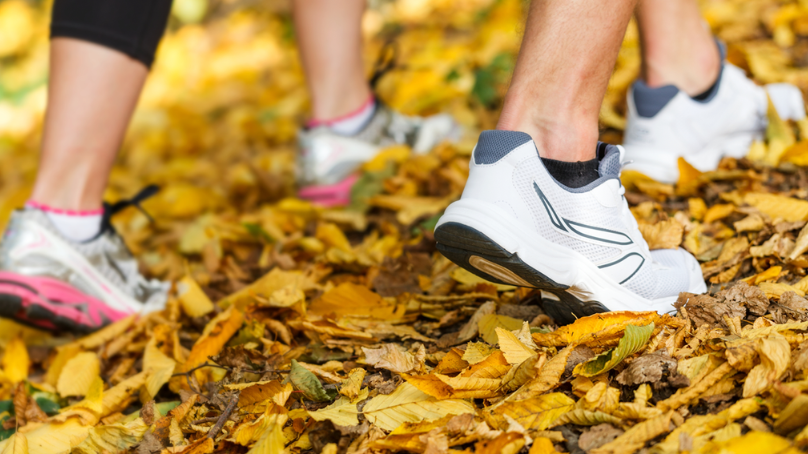
Each year, the Winnipeg Fire Paramedic Service (WFPS) responds to more than 12,000 calls to help someone who has fallen.
“Falls are one of the most preventable causes of hospital admission,” said Patrick McInnis, Advanced Care Paramedic, WFPS EMS Public Education.
“One of the most important things to remember when it comes to fall prevention is to stay hydrated.”
Dehydration can cause dizziness, fainting, and low blood pressure, and increases your risk of falling.
Follow these tips from the WFPS to help prevent trips and falls.
Exercise regularly
Exercise builds strength and improves balance and coordination. It can also provide an engaging social environment. Remember to find exercises you enjoy to make your workouts fun!
The Leisure Guide offers a variety of programs to help keep you active, including a number designed specifically for older active adults. Registration is now open for Winter 2026 programs that start in January. You can register online or by calling 311.
If a registered program isn’t for you, purchase a membership and get access to our swimming pools, fitness & leisure centres, and drop-in fitness classes.
Stay hydrated
Try to drink at least five glasses of water per day and limit your alcohol intake.
Make healthy food choices
Eating healthy food nourishes the body and improves overall health. It also helps to prevent disease and injury.
Go for regular medical check-ups
A medical check-up can help identify if you are at a higher risk of falling. It is important to talk to your doctor or pharmacist if you are unsure about your medications. Your pharmacist can also help you keep your medication up-to-date.
Remove trip hazards
Check both inside and outside your home for potential trip hazards. Ensure carpets and area rugs are not puckered, torn, or worn, and ensure your rugs have non-skid backings.
Inside your home, move books, shoes, clothing, telephone cords, etc. that may be in walking areas and stairways.
Outside your home, ensure sidewalks and outdoor steps are clear of snow and ice.
Reduce the risk of slipping in the bathroom
Surfaces can be extra slippery when wet. Use non-slip mats in bathtubs and showers to reduce your risk of slipping. Place grab bars in tubs, showers, and near toilets to help you keep your balance. Remember to wipe up all spills immediately.
Wear proper footwear
Shoes with non-slip soles can help you stay on your feet. Avoid wearing high heels or slippers as they can increase your risk of falling. Consider using a cane or walker for added support and stability.
Have proper lighting
Proper lighting can go a long way to reduce the risk of falling. Remember to turn lights on before using stairs and ensure every room has a light switch that is accessible from the doorway. Use night lights to light a path between your bedroom and bathroom.
Make your stairwell safer
Stay safe on stairs by installing handrails on both sides and make sure the area is well-lit. If the floor is slippery, add a rubber mat for better traction.
Originally posted November 6, 2024
